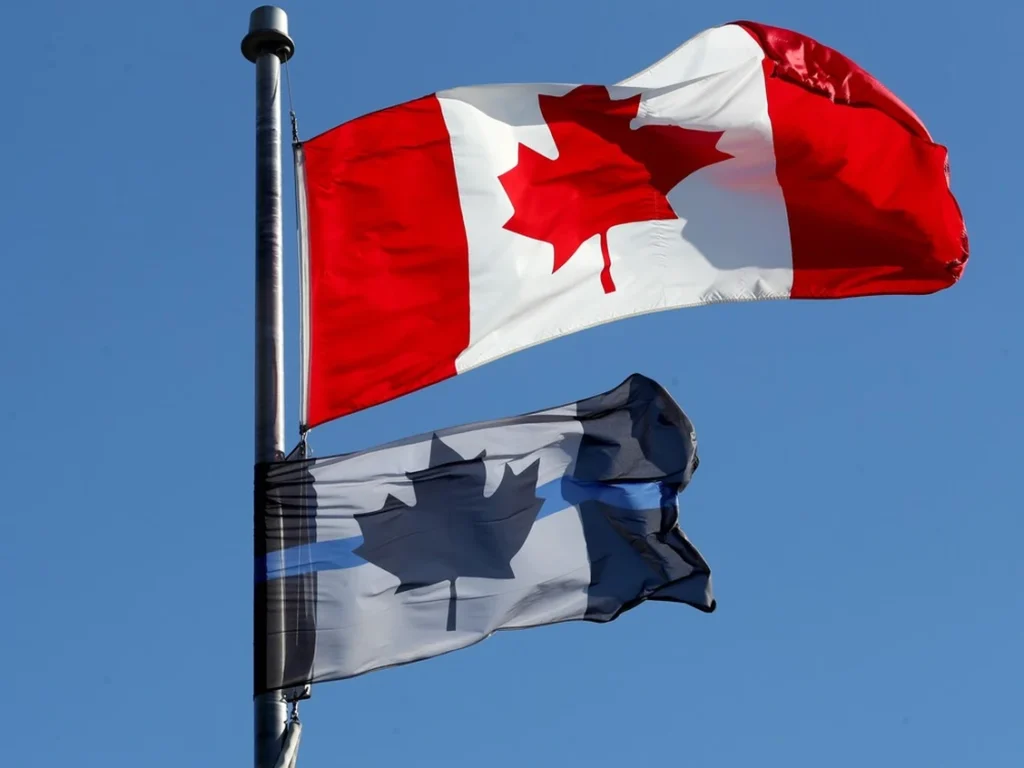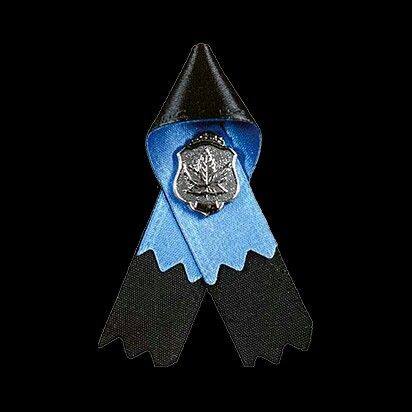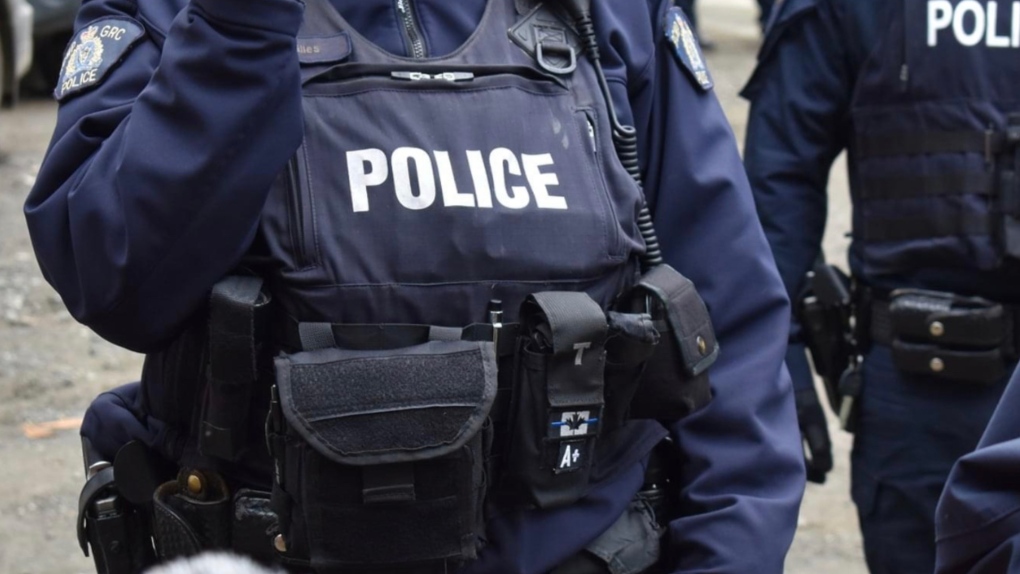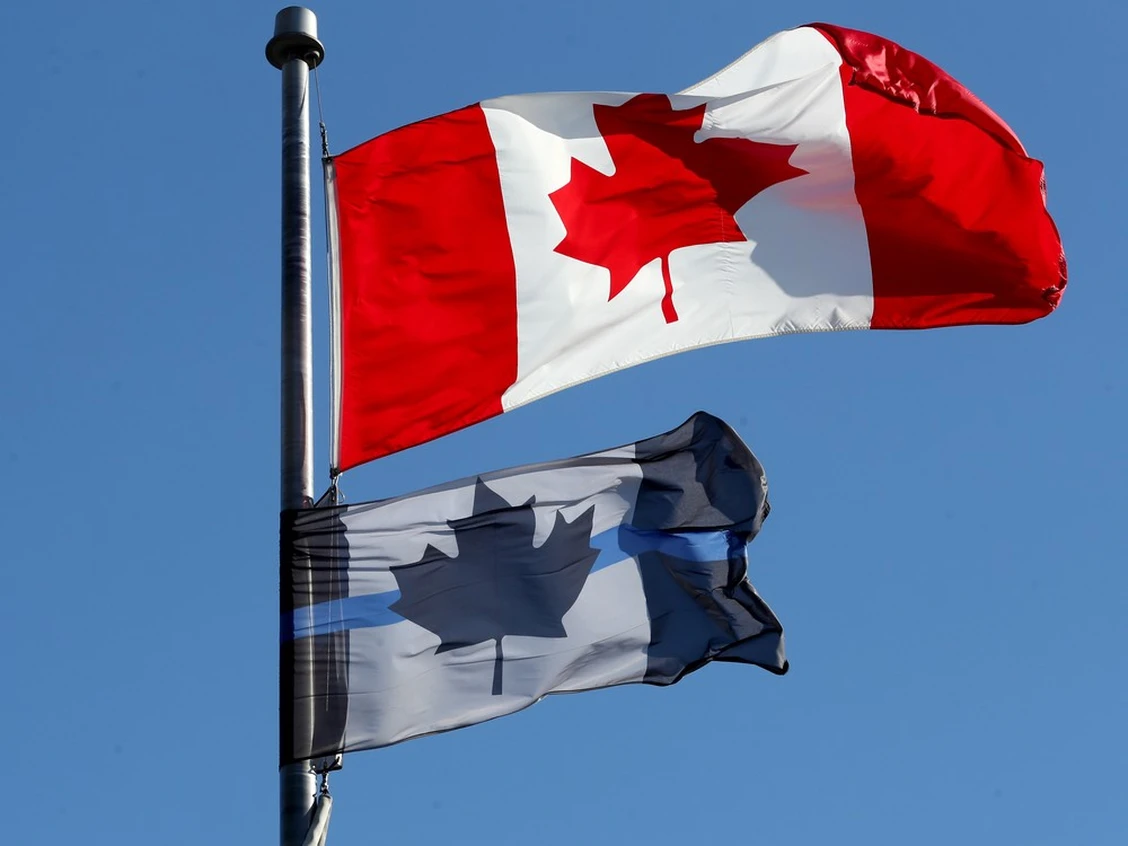
The thin blue line (TBL). You’ve seen it on flags, bumper stickers, patches, and tattoos. Do not mistake it as just another symbol, however. For Canadian law enforcement, it’s a badge of honour that signifies unity, sacrifice, and a steadfast commitment to justice. While it’s true that the symbol has faced recent controversies, they should not overshadow the TBL’s long-standing role as a beacon of solidarity and honour. Let’s dive into the history, the significance, and the controversies surrounding this iconic symbol.
The origins: where it all began
The concept of the TBL has a rich and complex history. Its roots can be traced back to the 1854 Battle of Balaclava during the Crimean War, where a British infantry regiment stood as a “thin red line” against a Russian cavalry charge.1 However, its modern interpretation as a symbol for law enforcement was popularized in the 1950s in the United States to describe police as the “blue” line of officers standing between chaos and order.2 In Canada, it’s been used by various police services as a sign of solidarity among officers and is often seen on patches, decals, and even flags.
Why it’s a big deal for law enforcement

For the law enforcement community, the TBL symbolizes the unity and camaraderie among officers. It’s a symbol of sacrifice, strength, and commitment.3 In Canada, the TBL has been used in particularly poignant ways, such as commemorating Fallen Members. The TBL in these instances serves as a visual tribute to the bravery and sacrifice of those who lost their lives in the line of duty.4 It also serves as a reminder that law enforcement is the line between society and anarchy, a sentiment that resonates deeply within the ranks.
Moreover, the Police & Peace Officers’ Memorial Ribbon Society has recognized the TBL’s blue and black Memorial Ribbon as the national symbol of mourning for fallen officers in Canada. The Society is dedicated to honouring officers who have died “in the line of duty” and provides support to grieving families, helping to establish memorials and providing scholarships to the children of fallen officers.5
The thin blue line and mental health
One of the lesser-known aspects of the TBL is its connection to mental health within the law enforcement community. Police officers frequently face high-stress situations, and the symbol serves as a reminder that they are not alone.6 It has been used in campaigns to destigmatize mental health issues among officers, encouraging them to break the silence and seek help without fear of judgment. The TBL, in this context, is a line of emotional support and understanding
The dark side of the line: co-opting by bad actors
Now, let’s address the elephant in the room. In recent years, the TBL has also been appropriated by some far-right and extremist groups. One of the most glaring instances of the symbol’s misuse was during the January 6, 2021 attack on the U.S. Capitol. The TBL flag was prominently displayed by some of the rioters, creating a paradox where a symbol meant to honour law enforcement was used in an act that directly threatened the safety of many police officers.7
This recent association has led some to question whether the TBL has become a symbol of division rather than unity. On the other hand, officers wearing the symbol feel deeply that it’s not about division, but rather a mark of respect for their profession and colleagues. Regardless of differing opinions, blaming the TBL for the deeds of a few bad actors is like blaming the entire Internet for cat memes. It’s tempting, but not entirely fair.
A line worth understanding

Like many symbols, the TBL is laden with history, meaning, and yes, a fair amount of controversy. But at its core, it’s a representation of the unity and sacrifices of law enforcement, which is why many are keen on preserving its integrity. These brave men and women do an often thankless, challenging job putting their lives on the line for others, and this recognition is important. It’s part of their identity and a tribute to the sacrifices made in the line of duty.
Whether you see it as a mark of division or unity might just depend on which side of the line you stand on, but we hope that by learning more about the history and its importance, you’ll come to appreciate the enduring positive values that the TBL represents to those who wear it with pride.
Footnotes
- Wall, Tyler (2019). « The police invention of humanity: Notes on the ‘thin blue line’ » Crime Media Culture. 16 (3): 319–336.
- Maurice Chammah et Cary Aspinwall, (2020), The Short, Fraught History of the ‘Thin Blue Line’ American Flag, Politico.
- Chef Joel F. Schults. « That Thin Blue Line – What Does it Really Mean », National Police Association.
- Caryn Ceolin, « Controversial version of Canadian Flag Displayed at OPP Union Building », CityNews Toronto, 2020.
- Société du ruban commémoratif des policiers et agents de la paix (2023). Page d’accueil. Page consultée le 10 octobre 2023, à l’adresse https://www.memorialribbon.org/fr/.
- Cuadro, N. C. M. (2019). The thin blue line and mental health: Mental health stigma among law enforcement and its impact on suicidality among police officers.
- New York Times (2021). « How the Thin Blue Line Flag was Flying at the Capitol Siege. »


